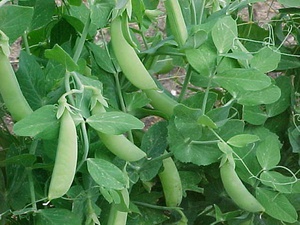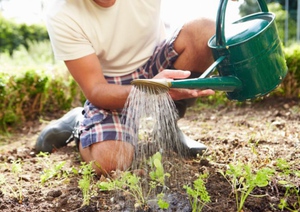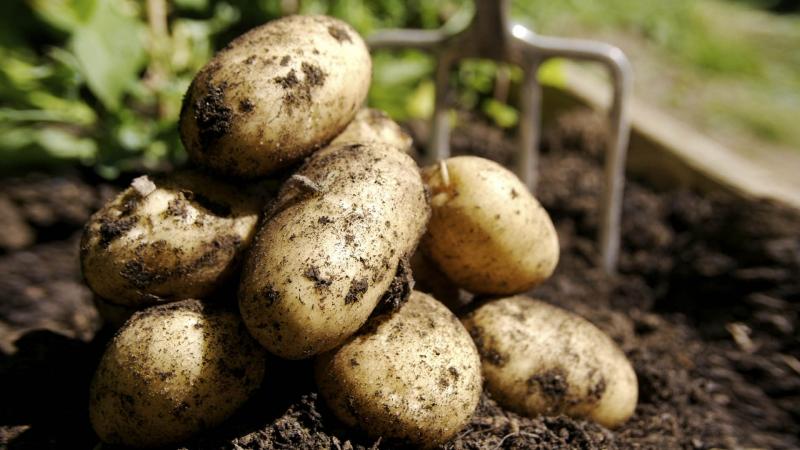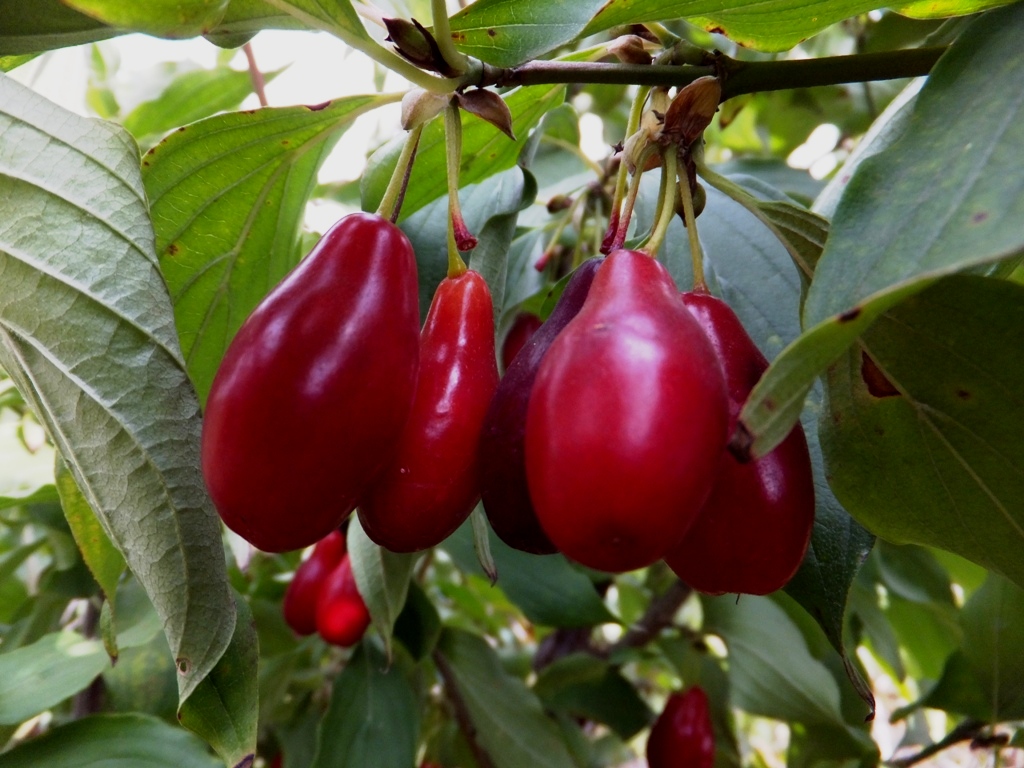 Plants that develop, bloom, and die off during one growing season are called annuals. Annuals are often grown in a vegetable garden, on a personal plot.
Plants that develop, bloom, and die off during one growing season are called annuals. Annuals are often grown in a vegetable garden, on a personal plot.
Sometimes a person does not even think about the features of this type of flora. In order for such plants to please you, you need to study everything connected with them: what it is, how to care for them, how they reproduce.
What are annual plants
 Annual plants should be planted every year. Also cultivated as annuals and some especially thermophilic perennials that cannot develop for a long time in temperate climates.
Annual plants should be planted every year. Also cultivated as annuals and some especially thermophilic perennials that cannot develop for a long time in temperate climates.
Still, most of the annuals stretch their vegetative period for the whole summer. Only by the end of the season does their fruit ripen. They die in the fall.
These types of annuals include:
- Wheat.
- Corn.
- Rye.
- Figure:
- Peas.
- Linen.
- Marigolds and other crops.
You can also add here ornamental plants, such as aster, tagetis, calendula, petunia, night violet. Annuals can be found in any climatic zone of the Earth, but their greater predominance is observed in the steppes, desert and semi-desert.
Annuals are rarely found high in the mountains and in the tundra zone. In the middle lane, plants of this kind are found everywhere, since they easily tolerate this climate and behave unpretentious.
Annual species can often be found in greenhouses, in city flower beds. They are a decoration of any personal plot. Many plants of this type are grown in vegetable gardens and in the fields with the aim of their further use as food.
Some plants in cold climates do not have time to bloom for a long time, therefore, for convenience, they are planted in open ground already in the form of seedlings. Many annuals are grown for interior decoration with cut flowers.
Reproduction methods
What types of reproduction exist in annual plants? Reproduction of all plants is carried out in two ways:
- sexual
- asexual.
Annual plants reproduce only by seeds and never vegetatively (with the help of whiskers, rhizomes of underground shoots, rosettes of leaves, etc.). In this case, it is possible to distinguish seedling and non-seedling propagation.
Features of growing annuals
Annuals can be grown in several ways:
 Sowing seeds for seedlings indoors in early spring, followed by diving and planting in a permanent place after the threat of frost has disappeared.
Sowing seeds for seedlings indoors in early spring, followed by diving and planting in a permanent place after the threat of frost has disappeared.- Sowing seeds for seedlings in open ground in early spring, followed by picking and replanting to a permanent place.
- By sowing seeds in open ground in the fall, followed by a spring transplant to a permanent place.
- Sowing seeds in the ground in the spring to a permanent place, followed by thinning.
Before you start sowing seeds, you should loosen the soil with a rake... The packaging of any seeds has instructions on how to sow the best. It is imperative to take into account the distance that will be between adult shoots.
After germination of their seedlings should be seated... The soil in which the seeds are planted must be constantly moistened. Be sure to consider the time of year and outdoor temperatures.Some plants can easily tolerate small frosts, so they can be sown back in April.
There are winter annuals... Their seeds are placed in soil in the fall. This should be done as close to winter as possible, so that the seeds do not have time to germinate before the first frost.
In order for decorative annuals to delight you with constant flowering, gardeners resort to the following trick: you need to sow new seeds about once a month. It turns out that when some of them fade, it’s the turn of others to bloom.
Sowing seeds directly into open ground is very convenient, especially in cases where there is no constant opportunity to care for the seedlings. For example, if you come to the dacha 1-2 times a week.
Annual plant care
 Most often, annuals are trying to be planted in open ground in the form of seedlings. For this, in early spring, seeds are sown in greenhouses or at home in boxes or any other container. Seeds germinate very quickly when warm.
Most often, annuals are trying to be planted in open ground in the form of seedlings. For this, in early spring, seeds are sown in greenhouses or at home in boxes or any other container. Seeds germinate very quickly when warm.
With the onset of warm days, plants can transplant into open ground... If these are ornamental plants, then it is very convenient to form flower beds from the resulting seedlings or even make an alpine slide.
Caring for annuals is in constant soil moisture... Flowering plants especially need abundant watering. Attention should be paid to the fact that when the sun is strong, no water remains on the leaves and stems after watering.
It is recommended to water the plants early in the morning or late in the evening. Periodically the soil needs to be loosenedso that the resulting crust does not obstruct the access of air to the root system.
Make sure that weeds do not interfere with the growth of your annuals. Desirable feed the soil mineral fertilizers. Manure is very useful for such soil, but it is only suitable for growing cruciferous annuals.
Many gardeners enjoy growing annuals. This is a time consuming activity, but at the same time, seed propagation is very exciting. Seeds are not too expensive, and no special equipment is required.
Therefore, every lover of flowers and garden products of their own production can do the cultivation of such plants.


